A poster highlighting how to recall facts and details when reading a piece of text.
Display this poster when learning about the comprehension strategy of recalling facts and details.
Information on the poster includes:
The facts are what actually happened and can be proven as true.
The details are the key points, statements and examples that support, explain and describe the main idea.

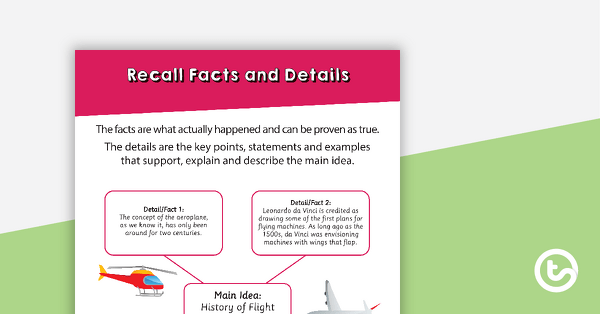

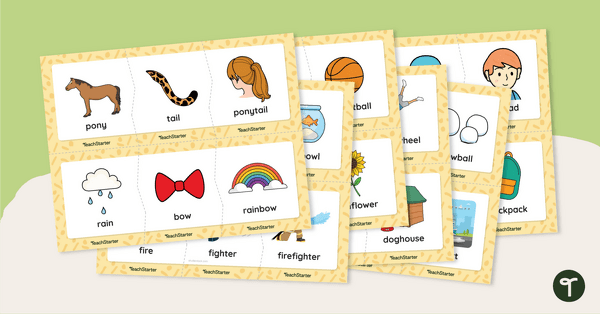
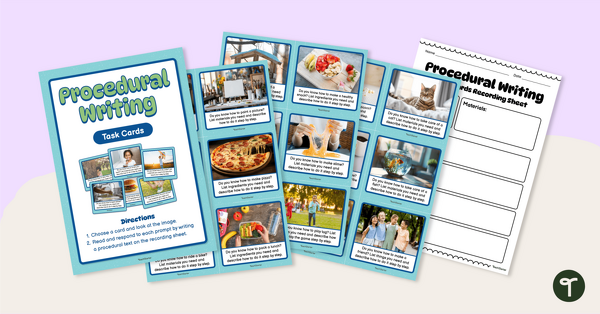
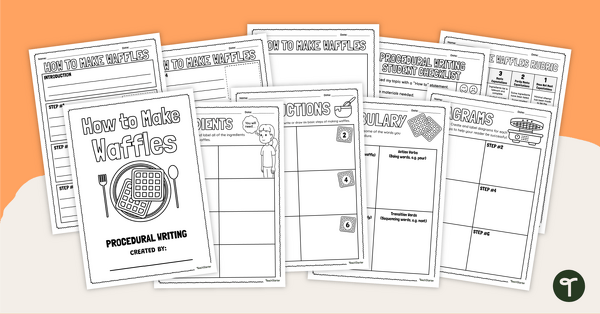
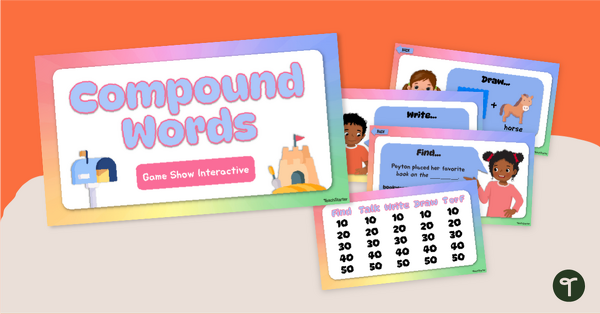
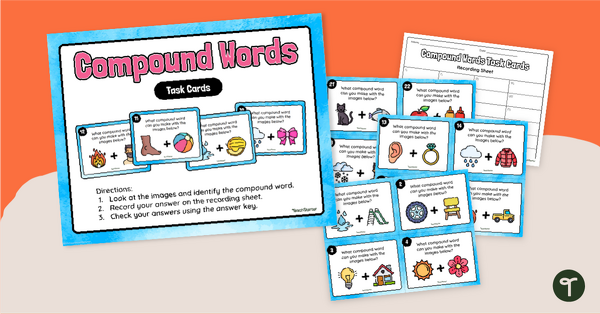
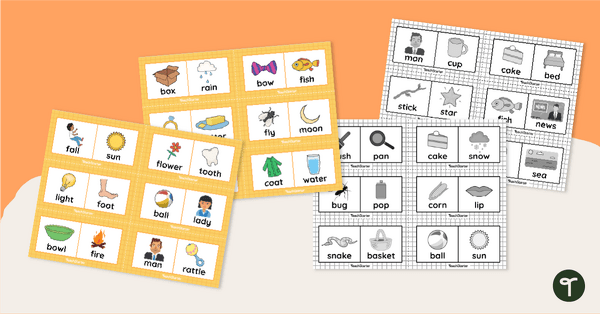


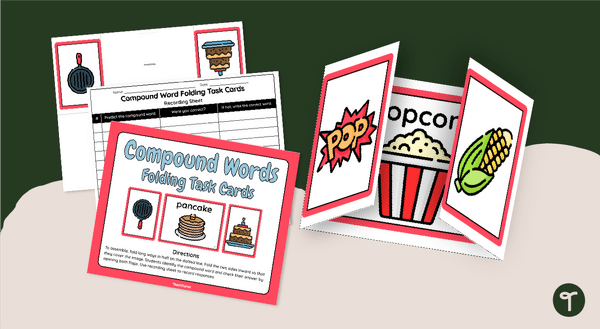
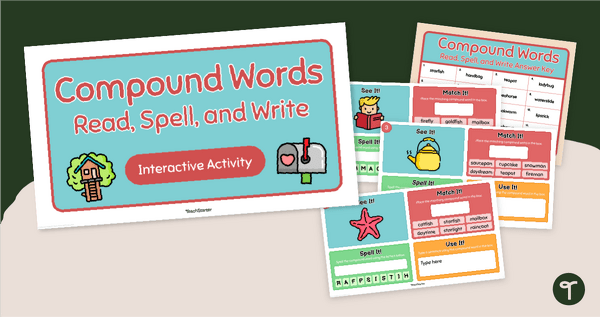
0 Comments
Write a review to help other teachers and parents like yourself. If you'd like to request a change to this resource, or report an error, select the corresponding tab above.